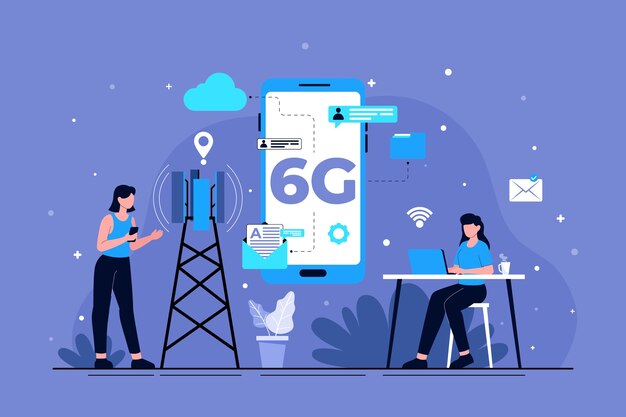Dubai is rapidly transforming into a global smart city, and an AI development company in Dubai plays a crucial role in this evolution. By leveraging advanced artificial intelligence technologies, these companies help the city optimize governance, enhance mobility, improve citizen services, and support sustainable urban growth.
With support from an AI developer in Dubai, the city integrates AI into infrastructure, utilities, and urban planning, ensuring efficient and sustainable growth.
Why AI Matters So Much for Smart Cities
AI gives city leaders real insights, not just raw data. Here’s how Dubai uses that power:
- Predicts and manages traffic, energy, and water systems before problems start
- Makes public safety smarter, not just more cameras
- Powers digital services that actually respond to what people need
- Helps city planners make better calls about where to build and how to grow
- Handles routine tasks automatically, freeing up city staff for bigger challenges
AI development companies in Dubai know how to make all these pieces fit together so the city runs better without missing a beat.
Where AI Shows Up in Dubai’s Smart City
- Getting Around Town
AI figures out traffic patterns, keeps public transit on track, and even helps cut down on jams. Commuters actually notice the difference.
- Managing Energy and Utilities
AI tracks how much energy the city uses, spots weird spikes, and helps use resources wisely. This isn’t just about saving money—it’s about building a greener, more reliable city.
- Public Safety
AI-powered surveillance and smart policing make the city safer, while still respecting privacy. You get protection without feeling watched.
- Smarter Urban Planning
City planners tap into AI insights to make smarter choices about zoning, construction, and future projects. Growth stays organized, not chaotic.
- Better Citizen Engagement
Smart apps with AI personalize services, speed up complaint resolution, and keep people informed in real time. Public satisfaction actually goes up when people feel heard.
Why Team Up with AI Companies in Dubai?
- City services run smoother, powered by real data
- Resources go further, with less waste
- Safety and emergency response teams react faster and smarter
- Residents get services that feel personal, not generic
- The city’s ready to expand, with a strong tech backbone
Why Work with Dubai’s AI Experts?
Bringing in a Dubai-based AI company means you get:
- Custom AI tools that fit the city’s real needs
- Scalable solutions that work across different sectors
- Seamless fit with existing smart infrastructure
- Ongoing monitoring and fine-tuning so systems don’t fall behind
- Guidance on staying ethical and following the rules
These partnerships are what push Dubai closer to its dream of a fully connected, intelligent city where everything works together.
Explre more about UAE enterprise AI guide.
FAQs
- What does AI actually do for Dubai’s smart city plans?
AI drives better decisions, streamlines city operations, and delivers smarter, more personal services to residents. - How do Dubai’s AI development companies help?
They create and implement AI solutions for everything from transport to utilities, safety, and city planning. - Can AI really improve public services?
Absolutely. AI makes services faster, more responsive, and tailored to what people actually need. - What skills do Dubai’s AI developers bring?
They design smart models, connect different systems, scale solutions, and keep predictive analytics sharp. - Is AI a sustainable choice for city management?
No question. AI boosts efficiency, cuts waste, and helps the city plan for the long haul.



